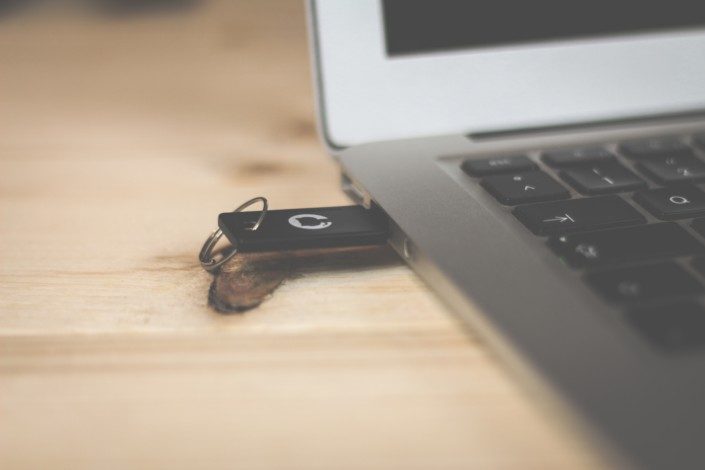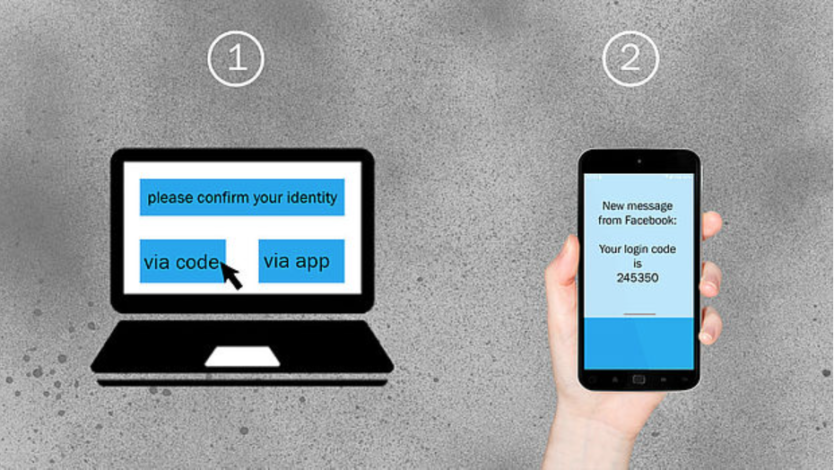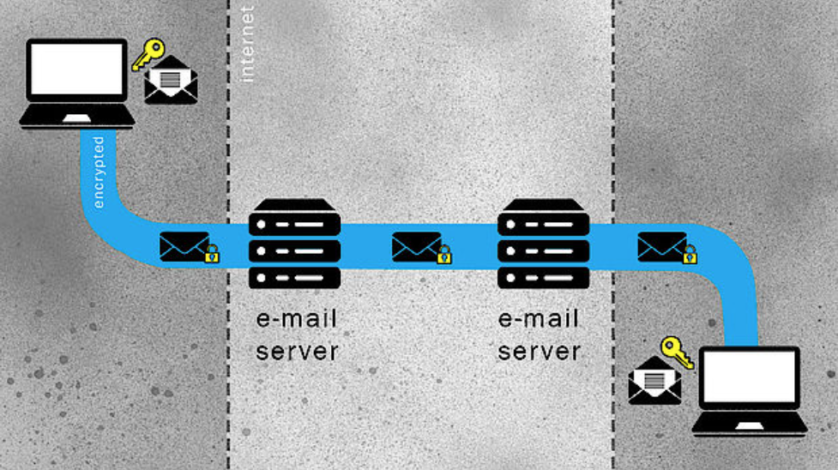Cloud services such as Dropbox or Apple’s iCloud make it easy to access and share files from any location with internet access, but they also present risks. In this article, Reporters Without Borders (RSF) sums up the pros and cons of using the cloud for storing sensitive files and provides […]
Digital safety
USB safety Part 2: Protect your USB port
The USB port, if left unsecured, provides an easy path to bypass the plugged device’s security. In this second article of a two-part series on USB safety, cybersecurity expert Ben Finn explains for Reporters Without Borders (RSF) that public USB charging ports cannot be trusted, but data blocking tools exist […]
USB safety Part 1: Use secure USB drives
USB drives are generally used without much concern for security, but they actually present a number of serious vulnerabilities. In this first article of a two-part series on USB safety, cybersecurity expert Ben Finn explains for Reporters Without Borders (RSF) the risks and usage of USB drives and why journalists […]
Two-factor authentication (2FA) to better protect digital accounts of journalists
Two-factor authentication (2FA) is the process of using two different ways to log in into a digital account, allowing journalists to better protect the information it contains. In this article, Reporters Without Borders (RSF) shares about the different types of 2FA and how it can increase a journalist’s digital security. […]
A digital safety checklist for press photographers
Press photographers working with sensitive topics are at high risk of being targeted as they potentially carry digital evidence in their cameras. In this article, Reporters Without Borders (RSF) provides a checklist for press photographers to protect themselves and their sources against surveillance and digital attacks. Cybersecurity threats have become […]
Tools for staying anonymous online
Under certain circumstances, journalists may need to stay anonymous online to protect themselves and their sources. In this article, Reporters Without Borders (RSF) breaks down tools they can use to browse the internet and communicate privately. The data trail a person leaves on the internet is linked to their identity […]
All you need to know about encryption
The encryption of information and communications online is essential for journalists to protect themselves and their sources. In this article, Reporters Without Borders (RSF) explains the different types of encryption and recommends tools to help journalists secure their data and communication. Encryption is the process of converting the regular content […]
Seven questions to ensure a story’s trustworthiness
With the proliferation of disinformation, it has become increasingly difficult to differentiate fact-based stories and “fake news.” In this article, Reporters Without Borders (RSF) suggests seven questions to ask oneself to ensure a story’s trustworthiness. Disinformation has become a mounting challenge for any reader who wants to find fact-based and […]
The seven categories of online disinformation
Online disinformation is a mounting challenge for journalists seeking reliable sources for news and reference. In this article, Reporters Without Borders (RSF) outlines different types of commonly used online disinformation techniques. The fight against online disinformation and deliberate “fake news” is one of the major challenges for journalism in the […]
A catalogue of resources to self-train on digital safety
In this article, Reporters Without Borders (RSF) has compiled 40 online resources to help journalists deepen their knowledge and keep up-to-date on digital safety. Nowadays, journalists cannot avoid using digital tools in their work or their private lives. Reporting involves wielding various digital devices, softwares and apps that can tremendously […]
Test 3: Anonymisation
Do you know how a VPN works? Do you know what the Tor browser protects you against? Test your knowledge!
Test 2: Account security
Do you know what a strong password looks like? Do you know what two-factor authentication means? Test your knowledge!












